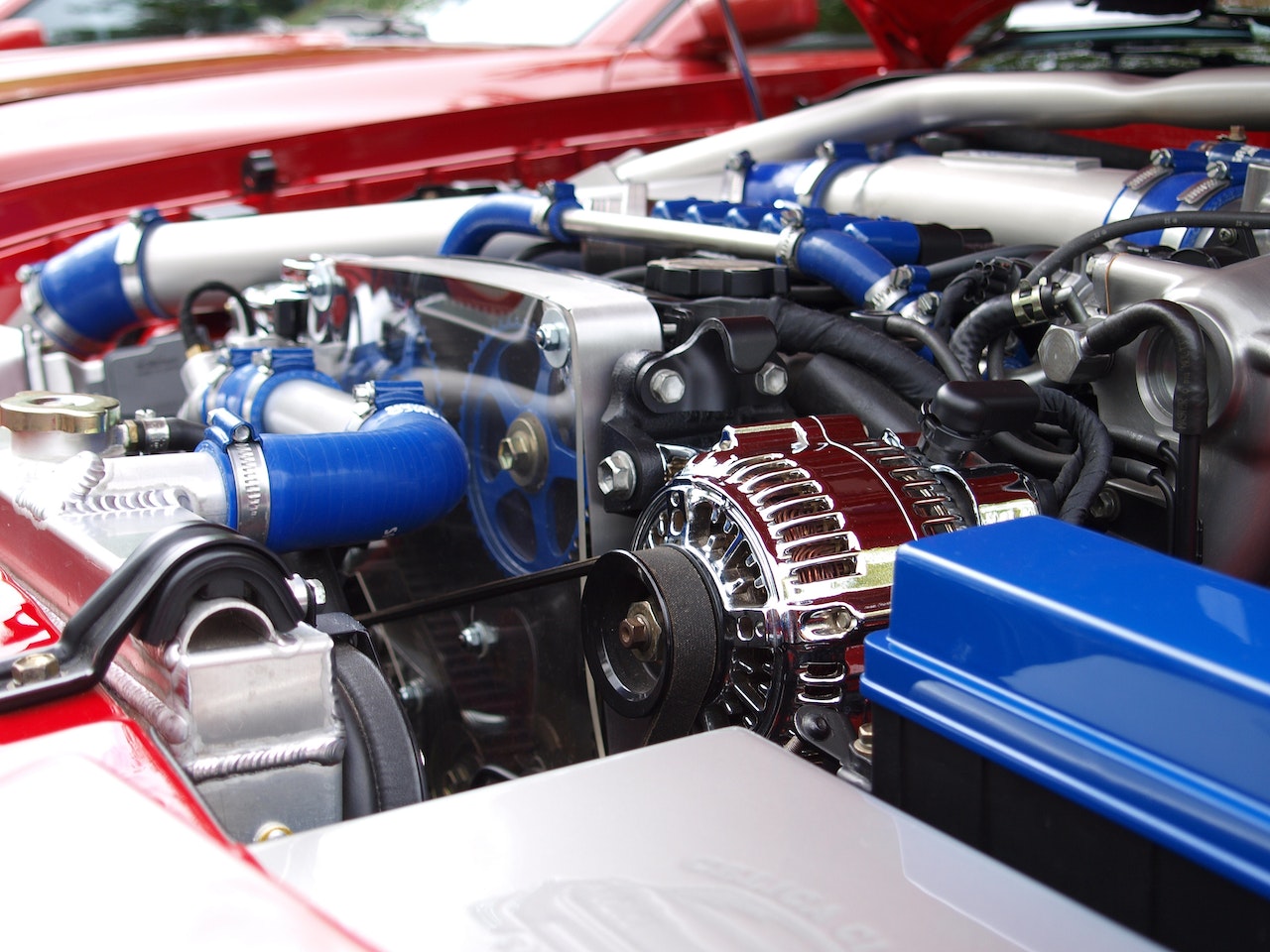One of the most critical parts of an automobile is those few simple exhaust valves. However, some people don’t know much about these small tubes that allow exhaust gas to escape before combustion takes place. Here’s a basic description of what they are and how they work, though!
Table of Contents
What Are Exhaust Valves?
An exhaust valve is a type of valve that allows engine exhaust to escape. An exhaust valve opens when the engine is running, and it closes when the engine is turned off.
Valves on an engine or car exhaust pipe allow air and fuel to leave the vehicle while preventing carbon monoxide, water, and other debris from entering.
Valves open when the car is accelerating or when it’s in reverse, allowing exhaust fumes and noise to escape. Your car’s manufacturer will specify the valve needed for your vehicle.
An exhaust valve may also be referred to as an “exhaust port.”
How Do Exhaust Valves Work?
If you’re a car enthusiast, there’s a good chance you know at least something about the exhaust valves on your vehicle. These mechanical devices allow air and fuel to flow through the engine while preventing soot and other harmful emissions from escaping. In this article, we will explore the basics of exhaust valves and how they work.
Exhaust valves open when the engine is running, allowing air and fuel to enter the engine. When the engine is off, exhaust valves close to prevent any gas from entering or escaping the engine. How do these valves work? The answer is a bit complicated, but we’ll try to make it as simple as possible.
When the engine is running, exhaust gases are forced out of the engine through the exhaust valves. The gases come into contact with a valve gear that turns as the gases exit the engine. As this gear turns, it forces the gases higher up in the engine, where they can be burned by the spark plugs. The heat created by these combustion reactions fuels the engine, and eventually sends energy output to the wheels.
The basic function of an exhaust valve is to allow air and fuel into the engine while preventing harmful emissions from escaping.
Facts About Exhaust Valves
A basic explanation of exhaust valves is in order. They are located on a car’s engine and when the driver presses the gas pedal, the air is forced into the engine. The hot air from the engine is then forced out through these valves and into the atmosphere. This action is what powers your car. There are three different types of exhaust valves – straight-through, pop-up, and butterfly. Straight-through valves allow the most air to be let out at once and are found on larger engines. Pop-up valves open quickly and release a burst of air, while butterfly valves open slowly and release a steady stream of air.
Why Use Exhaust Valves?
One of the most important safety features of your car is the exhaust valve. This valve helps to prevent dangerous nitrogen oxide (NOx) and carbon monoxide (CO) from being released into the atmosphere. When these gases are combined, they can create smog and acid rain.
If you’re not familiar with how an exhaust valve works, it’s basically a piece of metal that opens and closes as the car drives. When the engine is running, the exhaust valve is open and allows combustion gases to escape. The gas mixture that’s left over contains smoke, CO, and NOx. As the car moves, the engine torques (or twists) the exhaust valve closed. This stops the release of harmful gases.
While an exhaust valve is a vital safety feature on a car, it can also be pretty complicated to work correctly. That’s why it’s important to have regular maintenance done on it. Here are some tips for keeping your exhaust valves in good condition:
Also Read: Simple Ideas To Enhance Your Swimming Pool Over The Summer
How do exhaust valves work?
A vehicle’s exhaust valve opens to release the hot gases and smoke that have been produced by the engine. The valve is usually opened by the engine’s piston forcing its way up through the cylinder head. Closed butterflies close off the passage after the piston has dropped back down. In cars, motorcycles, and many other vehicles using gasoline or diesel engines, there are typically two exhaust valves per cylinder (four in racing engines), one on either side of the engine block.
